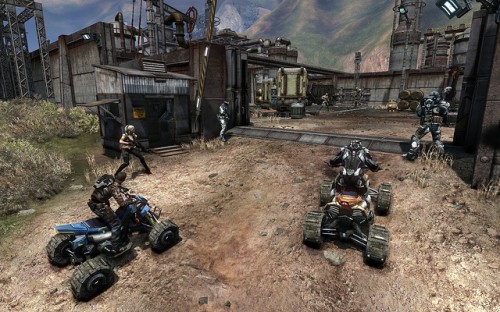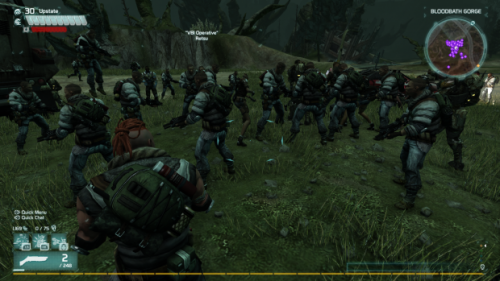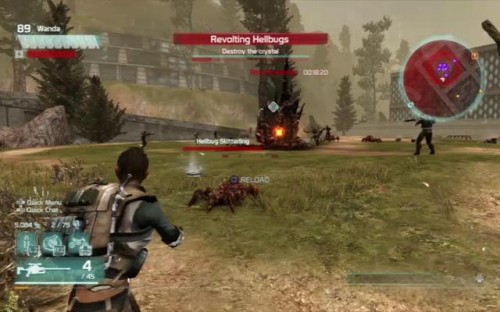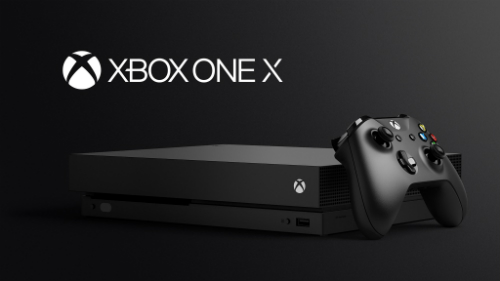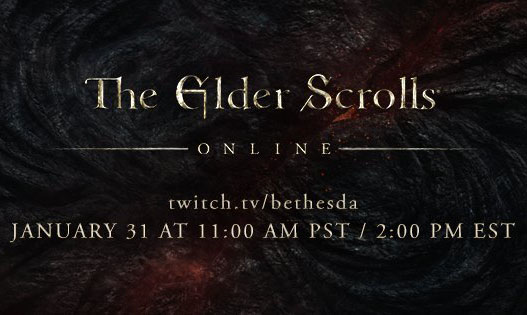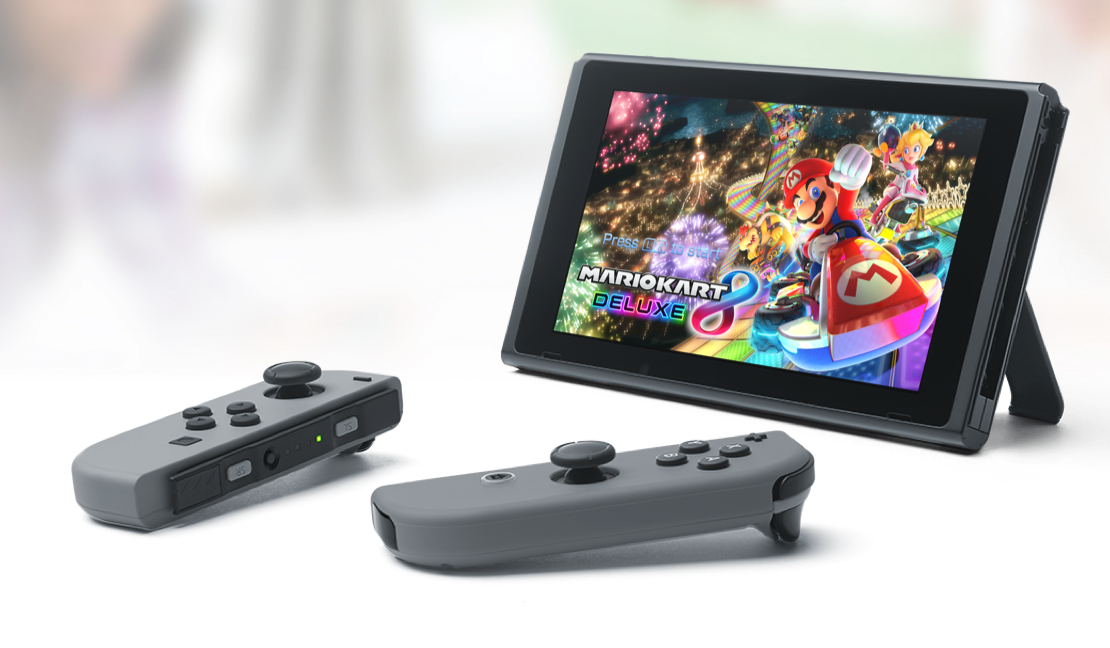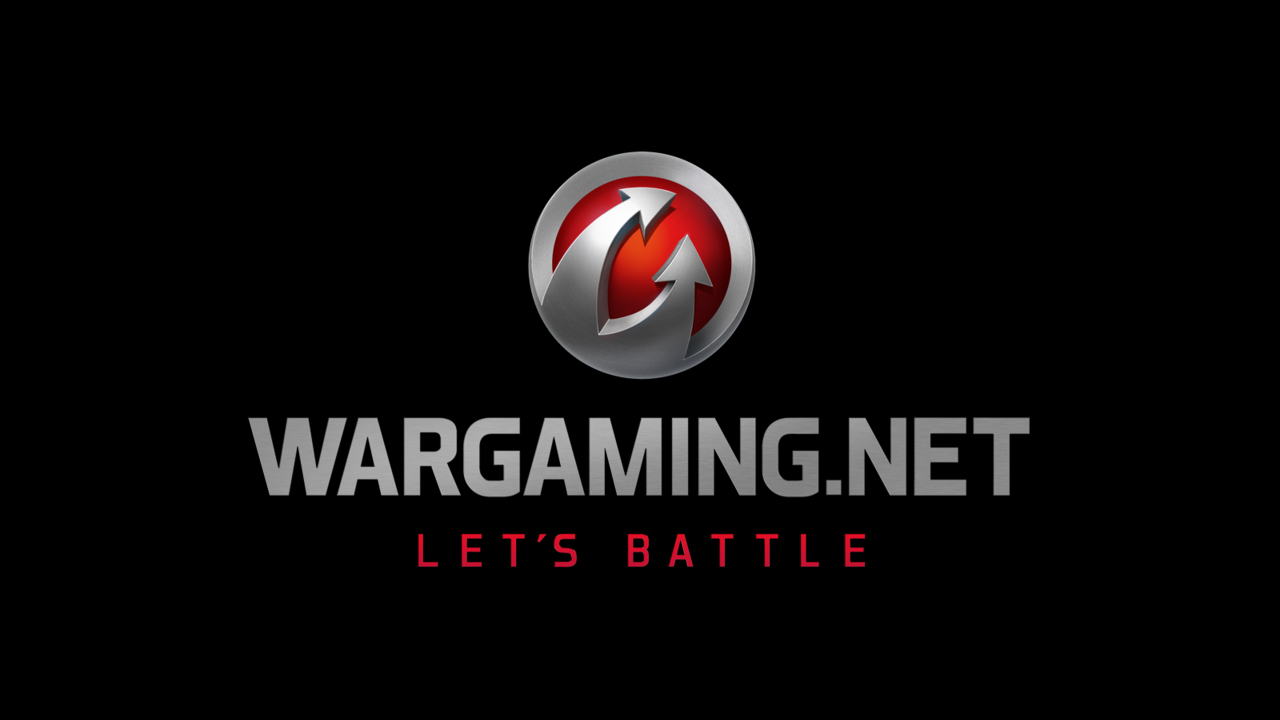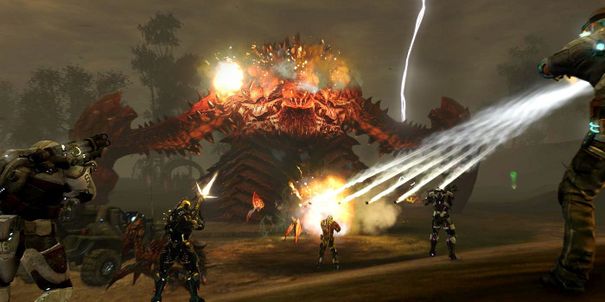
The history of the MMO genre (that’s “massively-multiplayer online games” for those who haven’t been paying attention) on consoles is not exactly storied, what with only a few key releases such as Final Fantasy XI and DC Universe Online handily defining the space without ever really taking off. Whether it has been the actual or perceived reluctance of console owners to embrace the genre’s role-playing bent, the consoles’ relatively underdeveloped online infrastructure, or the disinclination of the console owner to pay monthly subscription fees or participate in the business ecosystem that is usually applied to the genre, the MMO has never had the sort of breakout console hit that would inevitably throw open the floodgates. Defiance, developed by Trion Worlds and based on the forthcoming SyFy original series of the same name, certainly a real shot at the title, for a multitude of reasons. First and foremost, Defiance is a third-person shooter with control mechanics that will be readily familiar to just about anyone who’s lined up a headshot with a right analogue stick. Second, and perhaps just as significantly, Defiance eschews a monthly subscription and instead opts for a model based on optional micro-transactions for those inclined to enhance their experience. Finally, the game”s post-apocalyptic setting and sci-fi trappings make it easily palatable to a wide audience who may be uncomfortable traipsing around fantastical worlds with nary but a loincloth and battle-axe. So, on paper, Defiance has a lot of things going for it over and above its curiosity value. Unfortunately, the execution is something of a mixed bag, with highs and lows as vertiginous as any game in recent memory.
The game’s issues begin with its fiction. Defiance sees the player step into the shoes of an ‘Ark Hunter’, a warrior who earns their keep reclaiming lost alien technology from a fleet of derelict ships. These Ark Hunters traipse a ruined Earth that has been scorched by years of war between humanity and the alien collective known as the Votan, and at the beginning of the game you are thrust into an expedition into a ruined San Francisco that quickly turns into a hunt for a formidable piece of alien tech. The premise is, as you may have noticed, fairly cliiched and reliant on familiar tropes, which is not intrinsically a bad thing; after all, some of the more popular videogame universes in recent years have been predicated on similar set-ups. The trouble with Defiance is that the execution is fairly bland, and you’ll be hard pressed to care about Earth’s plight, let alone the handful of NPCs that factor into the game’s solo missions.
Compoundung matters is the game’s wonky audiovisual presentation; characters are paper thin, their dialogue nondescript, while the scant amount of voice acting is sketchily inconsistent. Graphically, Defiance looks okay for an online game, but displays little of the technical or artistic quality that one might expect from a title releasing in the twilight of this console generation. Gamers have seen many an apocalyptic landscape in the last seven years, and the ruined Bay area on offer in Defiance is among the least-captivating out there, and overall, it reeks of having been scaled back to accommodate mutliple players in an online environment and rushed to accommodate the forthcoming launch of the television show of the same name. Visual and performance glitches abound, some of the worst involving glitchy weapon models that are slow to load and some abundant frame-rate and pop-in issues, and one cannot help but ponder what sort of game Defiance might have been had it been afforded an extra six-months of development time. Still, nobody could ever claim that World of Warcraft, that looming behemoth of the genre, was ever amongst the most visually impressive games out there, and its clear that priorities lie elsewhere in the MMO space. On one view, if Defiance plays well enough, its looks are almost immaterial.
When you’re actually playing it, Defiance fares a bit better. The game begins which character creation, which limits players to one of two races, being humankind, and the humanoid aliens known as the Irathients. There are, broadly, four ‘classes’ to choose from, and your choice in this regard alters some of the gear that your character starts out with. Players can also choose from one of four powers that alter his or her combat abilities, ranging from invisibility to extra damage, and this choice also opens up a spread of passive statistical boosts that relate to the chosen power. As your character levels up, other boosters and perks become available, and all classes are capable of carrying any weapon or gear item in the game, rendering players’ choice of class less significant than in other games of this type.
Once players have created their avatar, the game begins proper, and to any player who has played a third-person shooter in recent memory, things will seem immediately familiar. The camera follows the player from a behind-the-shoulder perspective, with the left analogue stick controlling movement and the right analogue stick aiming the cross-hairs. Shooting hordes of mutants and insect-like aliens, the mainstay of the game’s moment-to-moment gameplay, actually feels surprisingly competent. Guns and enemy animations carry an appropriate weight, and by and large Defiance offers up an intriguing glimpse of how the future of MMOs may lie in responsive, real-time combat with less reliance on cool-down times and stacked attacks. Moving around the game world and driving any of the game’s multitude of vehicles feels immediately comfortable, but traversing the game’s menus is somewhat less enjoyable. Unfortunately, Trion Worlds has stumbled in its inventory design, with most of the game’s menus oscillating between incomprehensible and unintuitive. For a game with such an emphasis on gear, weaponry and customisation, the cumbersion UI design is a frequent source of frustration, and another facet of the game that feels a few iterations away from being finished.
Story missions involve a lot of shooting, and a little narrative. There are a handful of missions that deal with a pair of characters who will presumably factor into the plot of the television show, but these are scant on detail and we do not imagine that they do much more than provide a modicum of back-story and context. The interplay between game and television show is certainly unique, and the premise is exciting, but in the absence of the show, this particular aspect of Defiance is difficult to judge, much less appreciate. Much better than the bog-standard story missions are the random ‘Arkfall’ events that occur at intervals throughout the game world, seeing giant, alien crystals from the Votan fleet crash-landing on earth. Upon discovering these crystals, players engage in large-scale battles where the objective is either to destroy the crystal or protect it from enemies for a set period of time. At their best, these events comprise dozens of characters engaging in all-out war, with the ensuing chaos proving the most fun Defiance has to offer. Outside of the story and missions and Arkfall events, a raft of side missions and combat challenges serve to pad out the experience, and a few of them even dole out small amounts of back-story to flesh out the rather anemic story. On the downside, most of these missions are short and repetitive, involving players blasting their way through bugs to do the equivalent of flipping a switch. On the upside, Defiance handles the involvement of other players in the game world rather cleverly. For example, upon entering a mission area where other players have already commenced the corresponding mission, players can participate in the action and receive experience points for assistinginstrad of having to wait around for the mission to restart. Similarly, Defiance rewards players for being involved by rewarding players with experience for doing damage to an enemy, and not solely for killing the enemy, reducing the frustration that so often arises when some no-good neckbeard steals one’s kill. In fact, one of the best parts of Defiance is how smoothly it moves, and seldom will players be stuck waiting around for things to happen. It’s a real shame, then, that too much of Defiance is simply ho-hum. While homogenous design is not new to MMOs, it remains an issue endemic to the genre and undermines the game’s sound mechanics. The core of Defiance is solid, but the content built around is far too lacklustre, far too often.
Beyond the often mediocre content that constitutes the bulk of the game, Defiance also suffers from a multitude of performance-based issues at the time of writing. Disconnections from the Playstation Network were frequent enough so as to be irritating, and it wasn’t uncommon for progress to be halted by occasional hard-freezes. On the upside, the game’s netcode is generally solid enough, at least on our wired connection.
When it works, Defiance is a tantalising glimpse of the futures of both the shooter and the MMO. The promise of an online shooter set in a wide-open frontier populated with other players is a fantastic one, and to its credit, Defiance gives it a good, old college try. Unfortunately, the game doesn’t quite execute on its ambition, and the competent shooting is not enough to make the experience worthwhile in its own right. With a bit more time and polish, Defiance could have been a contender; as it is, its more of a footnote. Fans of the forthcoming TV show might appreciate the opportunity to play on the periphery of its universe, but everyone else has countless better alternatives vying for their time and wallet.
Solid combat | Adequate online performance | Exciting large-scale battles
Technically ragged | Unengaging story and universe | Brain-dead story missions

